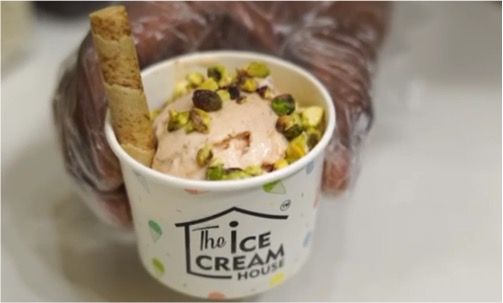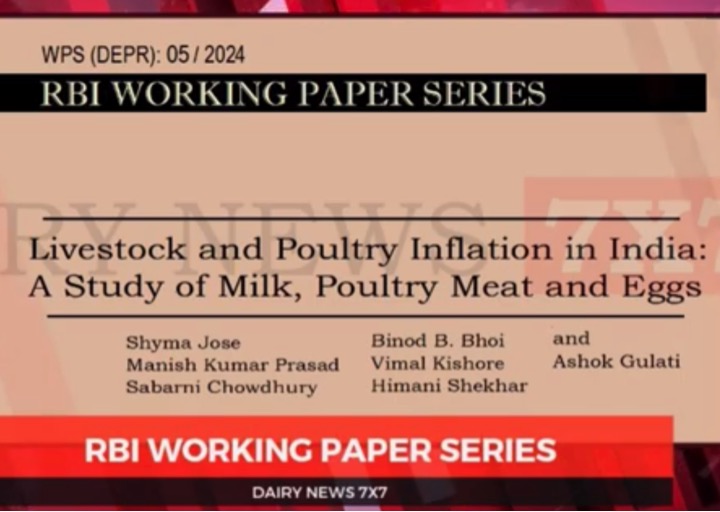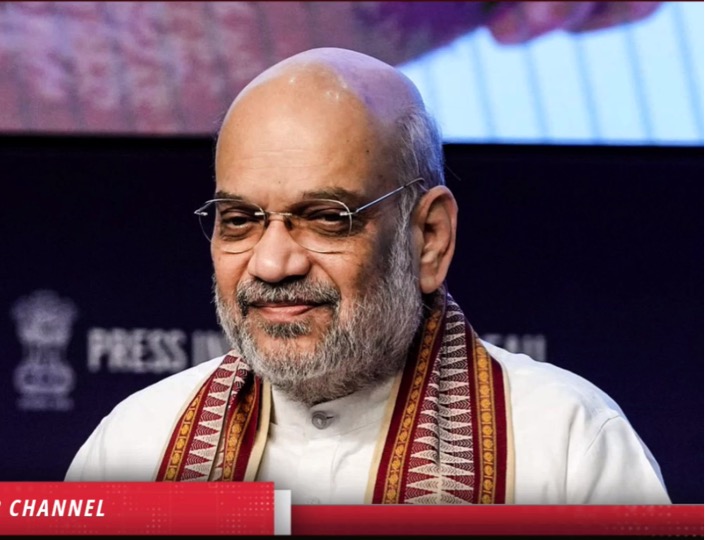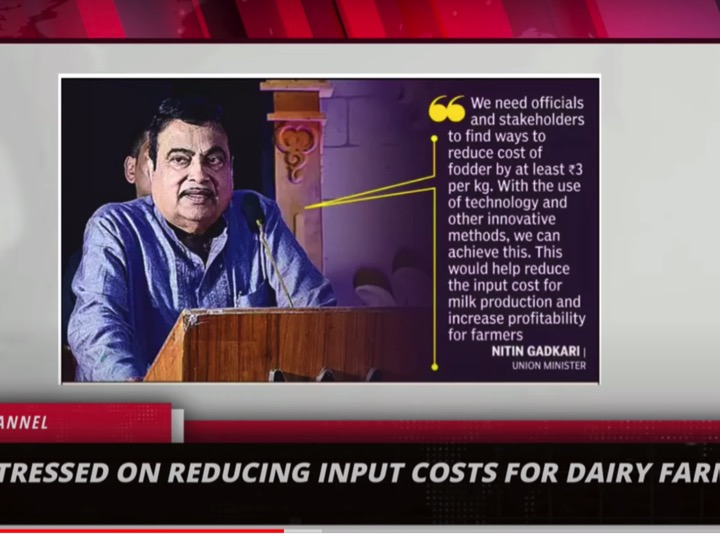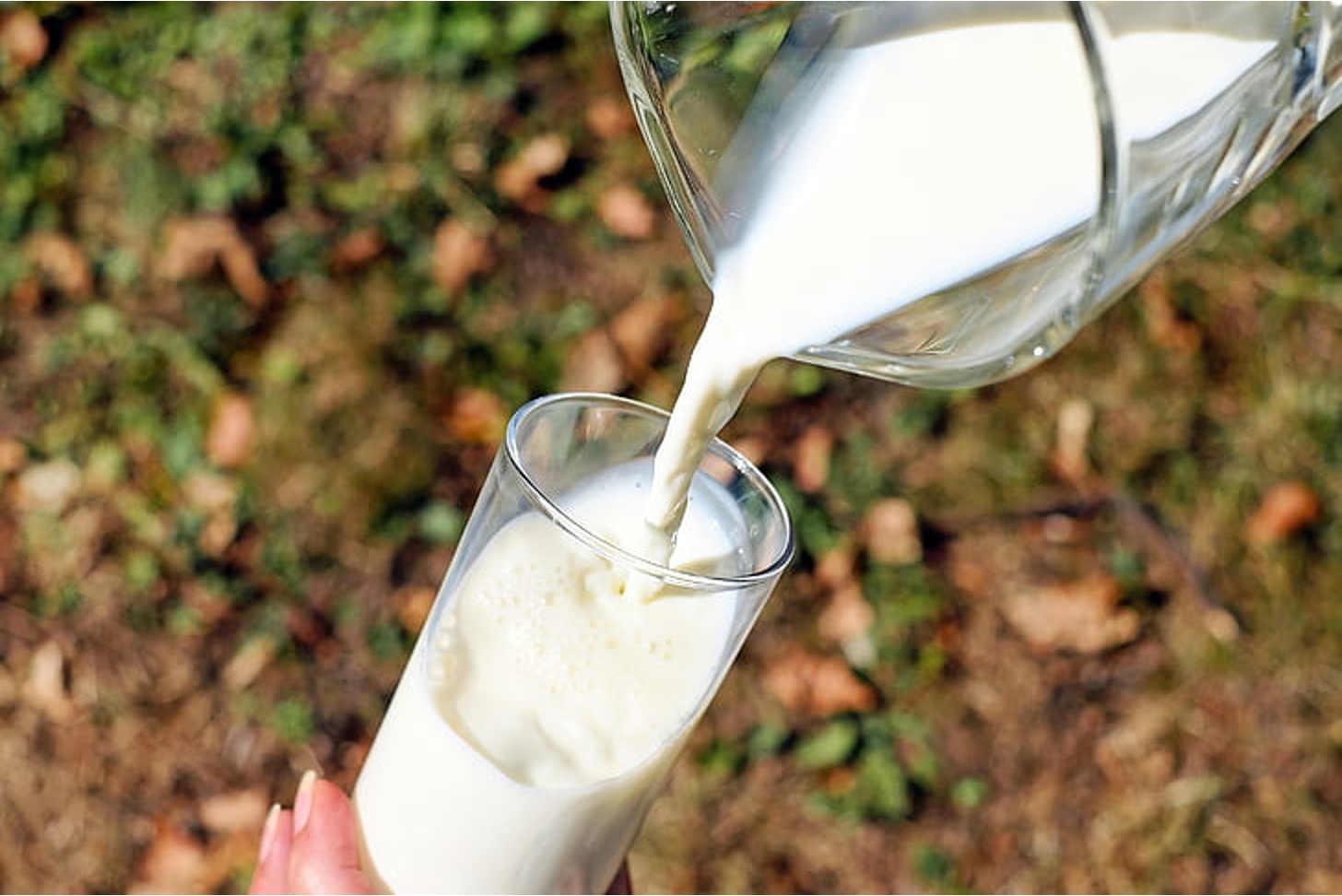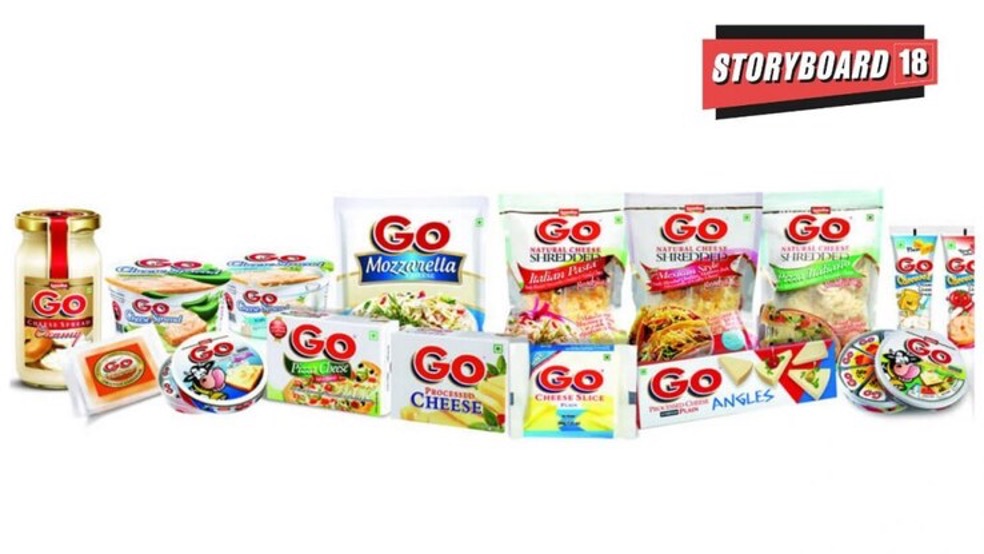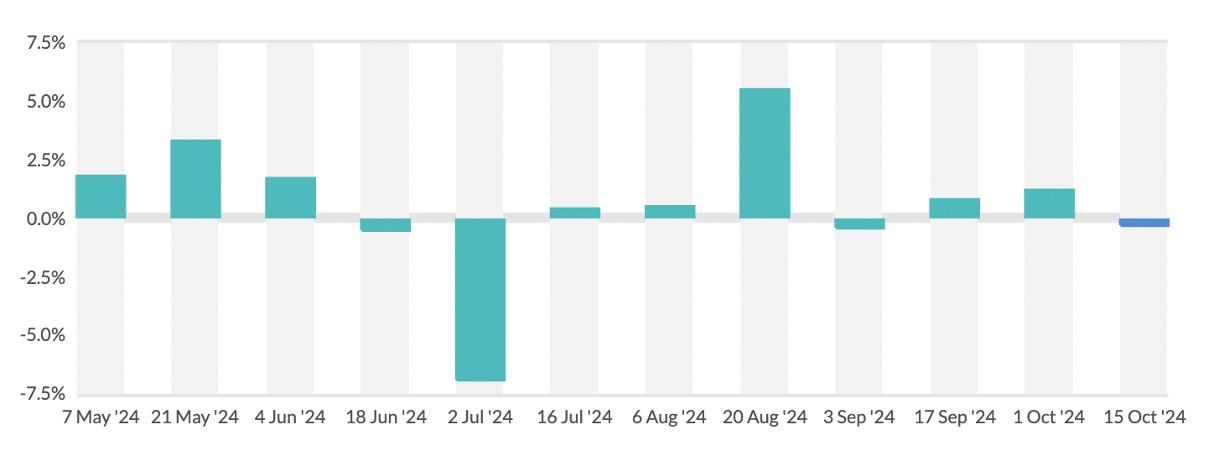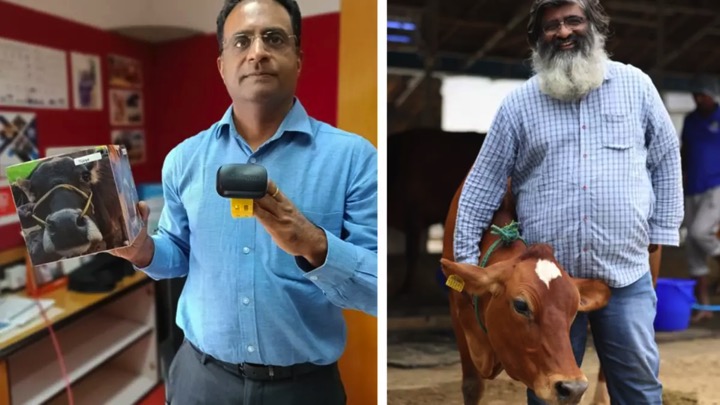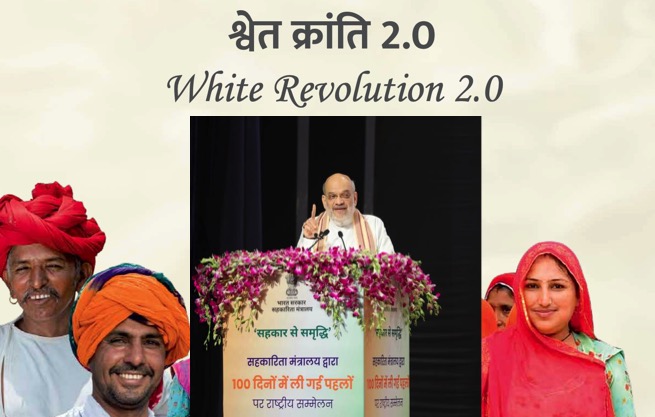Sizzling temperatures across the country have caused the demand for ice-creams to skyrocket, with the manufacturers and associations predicting a 30 percent growth in sales this financial year. “Usually the ice cream market in India grows at 12-15 percent every year. This year has started with a bang. With the summer temperatures peaking at many places, the sale of ice creams of most of the brands are expected to see a growth of 20-30 percent,” said RS Sodhi, President of Indian Dairy Association (IDA), the apex body of the dairy industry in India.
The summer months between April and June contribute to 50 percent of the annual sales for most ice cream manufacturers in India. Unseasonal rains during the summer months last year adversely impacted the sales. This year the scales have tilted in the favour of the ice cream manufacturers.
Hocco ice-creams, the newest ice-cream brand from Gujarat is operating its ice cream unit at 120 percent of its capacity to meet the summer rush. “We are a new company. We started in October 2023. We are currently selling over 50,000 litres of ice-cream every day. About 98 percent of this is being sold in Gujarat, while some in Mumbai and Delhi. We are now starting in Bengaluru and Hyderabad,” said Ankit Chona, managing director of the company which floated the Hocco brand after it sold the “Havmor” brand of ice creams to a South-Korean Lotte Confectionery in 2017.
Hocco operates an ice-cream unit at Bavla near Ahmedabad. “By next year, we will be quadrupling our capacity from the current 40,000 litres,” Chona said, adding that the company has been registering a 50 percent monthly growth in sales.
The Indian ice cream market’s size is around ₹16,000 crore, of which ₹11,000 crore comes from the organised segment comprising 125-odd small and big ice cream brands, with Amul being the largest of the lot. “While national brands are growing, a number of small ice cream brands have popped up in each city. These brands are also getting very good traction, especially in rural and tier-III markets,” says Sodhi.
Low input costs
Experts also point out that the ice cream brands have not increased the prices this year. “This year the prices of milk solids including SMP, white butter and packaging costs have decreased by 20 percent compared to last year. So this year, no brand has increased the cost of ice creams. Generally, they increase their prices between January and March,” Sodhi said, adding that the decreased costs of inputs have given the ice cream brands a lot of elbow room to increase their advertising spends.
Chona from Hocco ice-creams pointed out that apart from cocoa, the prices of all the inputs for the ice cream industry have remained “stable”. Eyeing more than 30 percent growth in the ice-cream business this year, Amul has also commissioned about six new ice cream plants, taking the total number of ice cream manufacturing units to 25.


